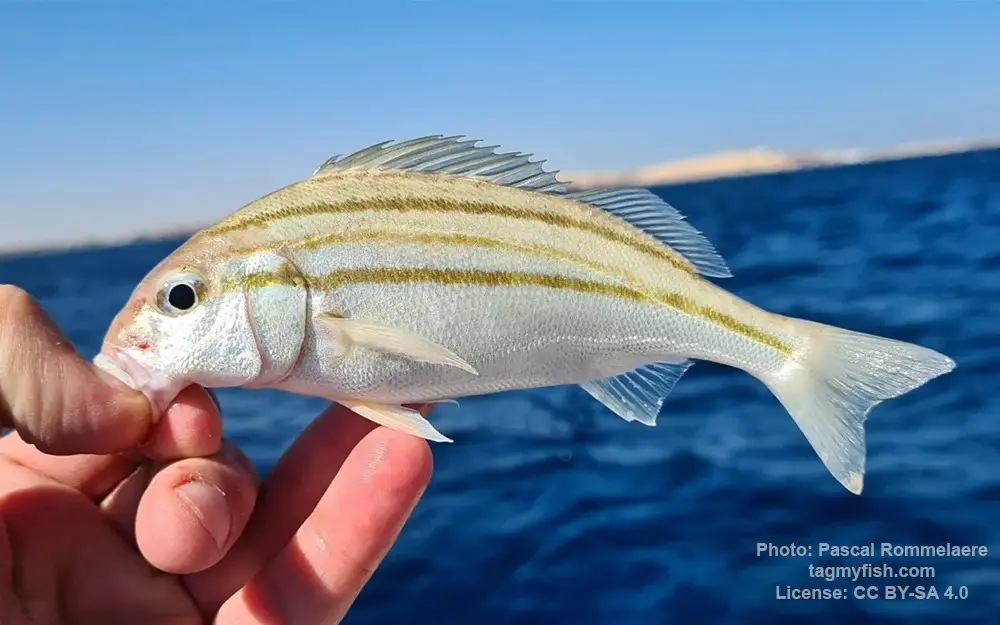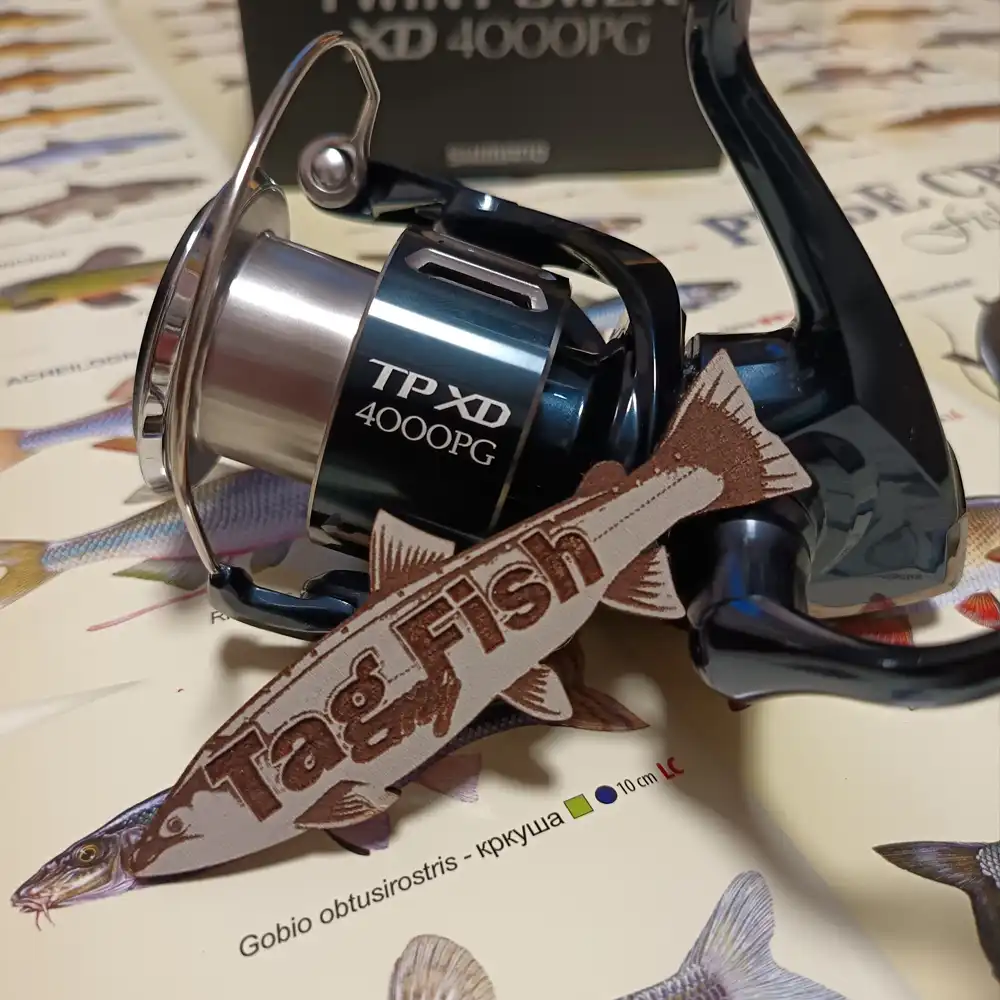Striped piggy (Pomadasys stridens)

Image source: Pascal Rommelaere | Tag my Fish
General data
- Main name: Striped piggy
- Local names: Lined piggy
- Climates: Tropical, Subtropical
- Habitat: Saltwater
- Native: Africa, Asia
- Introduced: Europe
- Distribution: Red sea, Mediterranean Sea, Levantine Sea, Atlantic Ocean, Indian ocean
Classification
- Genus: Pomadasys - Pomadasys
- Family: Haemulidae - Grunts
- Order: Perciformes - Perches
- Class: Actinopteri - Ray-finned fishes
- Superclass: Osteichthyes - Bony fishes
Description
Pomadasys stridens, the striped piggy or lined piggy, is a grunt from the western Indian Ocean and is one of a group of Indo-Pacific marine species which have colonised the Mediterranean Sea through the Suez Canal from the Red Sea, a process known as Lessepsian migration. Pomadasys stridens has a silvery body which is slightly darker dorsally than it is ventrally. It has 3-4 golden-brown stripes along its body, merging towards the caudal peduncle, and a dark blotch on the operculum. It has a relatively large head with a small, slightly oblique mouth and two pores on the tip of the chin which lie in front of a short indentation. It has 12 spines and 13–14 soft rays in the dorsal fin with 3 spines and 3 soft rays in the anal fin. It grows up to 23 cm standard length but averages 10 cm, with females normally growing to a slightly larger size than males. Pomadasys stridens is indigenous to the western Indian Ocean from the Red Sea south along the eastern African coast to South Africa, east to the western coast of India, including the Persian Gulf, Lakshadweep archipelago and the Maldives; it is also found off Madagascar, the Seychelles and Mascarene islands. Recorded for the first time in the Mediterranean in 1969 in the Gulf of Genoa, it was later found in the Bardawil Lagoon in Egypt and extended north in Levantine waters with a known population off İskenderun, Turkey.

 English
English
 Spanish
Spanish
 German
German
 French
French
 Serbian
Serbian
 Russian
Russian

